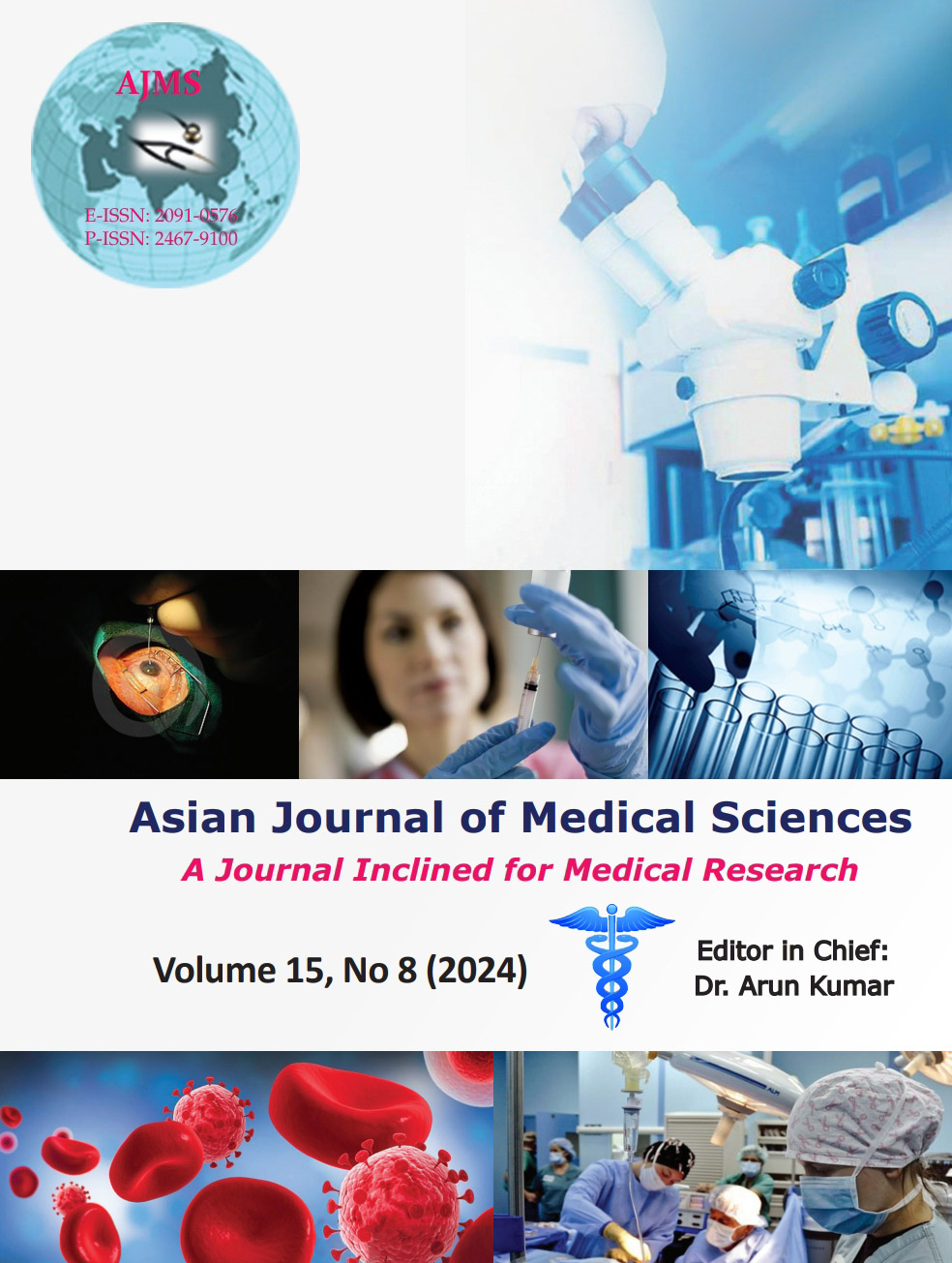Expression of isocitrate dehydrogenase 1 and tumor protein 53 in high-grade glioma and its correlation with the outcome – A prospective study at a tertiary care center in India
Keywords:
Tumor protein 53; Glioblastoma multiforme; High grade glioma; Isocitrate dehydrogenase 1; OutcomeAbstract
Background: Central nervous system tumors are the 10th most prevalent cause of mortality worldwide. The 2016 World Health Organization (WHO) classification of high grade gliomas (HGG) has identified Isocitrate dehydrogenase 1 (IDH 1) mutation as one of the primary molecular markers. Tumor protein 53 (p53) mutation is also closely associated with HGG.
Aims and Objectives: The current study intended to ascertain the expression of IDH1 and P53 in patients with HGG and correlate that expression with clinical prognosis.
Materials and Methods: The study included 34 patients with histopathological proven HGG. Relevant clinical information was recorded. The immunostaining results with anti-mouse monoclonal antibody for IDH 1 (R132H) and rabbit polyclonal antibody for p53 (RP 106-05) were statistically analyzed. Patients were followed up through telephone for a period of 1 year. Mortality within 1 year was regarded as a poor outcome.
Results: About 85.29% (29/34) of the patients had Grade IV glioma, while only 14.71% (5/34) had Grade III glioma. Most patients with Grade III (3/5) (60.00%) and Grade IV (21/29) (72.41%) gliomas had p53 positivity. The majority of the patients with grade-III glioma (3/5) (60.00%) had IDH1 positivity, while most of the patients (23/29) (79.31%) with Grade IV gliomas had IDH1 negativity (P=0.0658). Age, gender, WHO grade, and adjuvant therapy did not show significant association with the outcome except for the p53 expression (P=0.0011*) and IDH1 expression (P=0.0025*). Correlation analysis showed a significant positive correlation between p53 makers with poor outcome (r=0.4781) and glioma grade (r=0.4028). Further, a negative yet insignificant correlation was recorded between IDH1 with age (r=−0.2285), p53 expression (r=−0.2568), and grade (r=−0.2988), although it showed a significant correlation with poor outcome (P=0.0001).
Conclusion: p53-positive and IDH1-negative HGG had a significant correlation with the poor outcome. Thus, IDH1 and p53 are reliable markers for prognostication of HGG.
Downloads
Downloads
Published
How to Cite
Issue
Section
License
Copyright (c) 2024 Asian Journal of Medical Sciences

This work is licensed under a Creative Commons Attribution-NonCommercial 4.0 International License.
Authors who publish with this journal agree to the following terms:
- The journal holds copyright and publishes the work under a Creative Commons CC-BY-NC license that permits use, distribution and reprduction in any medium, provided the original work is properly cited and is not used for commercial purposes. The journal should be recognised as the original publisher of this work.
- Authors are able to enter into separate, additional contractual arrangements for the non-exclusive distribution of the journal's published version of the work (e.g., post it to an institutional repository or publish it in a book), with an acknowledgement of its initial publication in this journal.
- Authors are permitted and encouraged to post their work online (e.g., in institutional repositories or on their website) prior to and during the submission process, as it can lead to productive exchanges, as well as earlier and greater citation of published work (See The Effect of Open Access).




